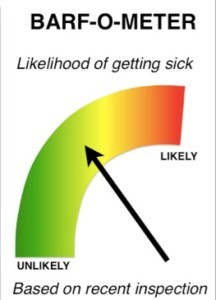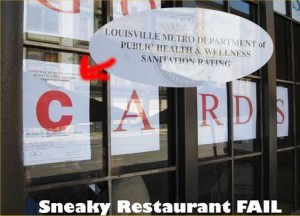When I was about 10 or 11, playing goal in AAA hockey, I used to vomit before games I knew I was starting, Gump Worsley style.
There was this one time in a 3rd year cell biology class about a century ago, that I totally choked on an exam.
Guess I should have guessed I had anxiety issues back then.
I went to the prof the next day and she let me retake the exam and I aced it.
That’s the thing I’ve learned about anxiety, which is like playing goalie in ice hockey: sometimes you’re good, sometimes not so much (ya let in a goal, gotta get over it and keep your mind in the game).
Amy and I have a lot of shared values, but I can see that my anxiety is causing issues.
She’s going to a conference in the U.S. for a couple of weeks with the kid, and I’m going to a new rehab place (if what you’re doing ain’t working, try something different) with my trusted psychiatrist, beginning last Monday. It gives Amy some peace.
For at least three weeks.
I may write a little.
I may write a lot.
I’ve learned not to make predictions.
Can governments use grades to induce businesses to improve their compliance with regulations? Does public disclosure of compliance with food safety regulations matter for restaurants? Ultimately, this depends on whether grades matter for the bottom line.
Based on 28 months of data on more than 15,000 restaurants in New York City, this article explores the impact of public restaurant grades on economic activity and public resources using rigorous panel data methods, including fixed‐effects models with controls for underlying food safety compliance.
Results show that A grades reduce the probability of restaurant closure and increase revenues while increasing sales taxes remitted and decreasing fines relative to B grades. Conversely, C grades increase the probability of restaurant closure and decrease revenues while decreasing sales taxes remitted relative to B grades. These findings suggest that policy makers can incorporate public information into regulations to more strongly incentivize compliance.
Wiley Online Library
Michah W. Rothbart, Amy Ellen Schwartz, Thad D. Calabrese, Zachary Papper, Todor Mijanovich, Rachel Meltzer, Diana Silver











